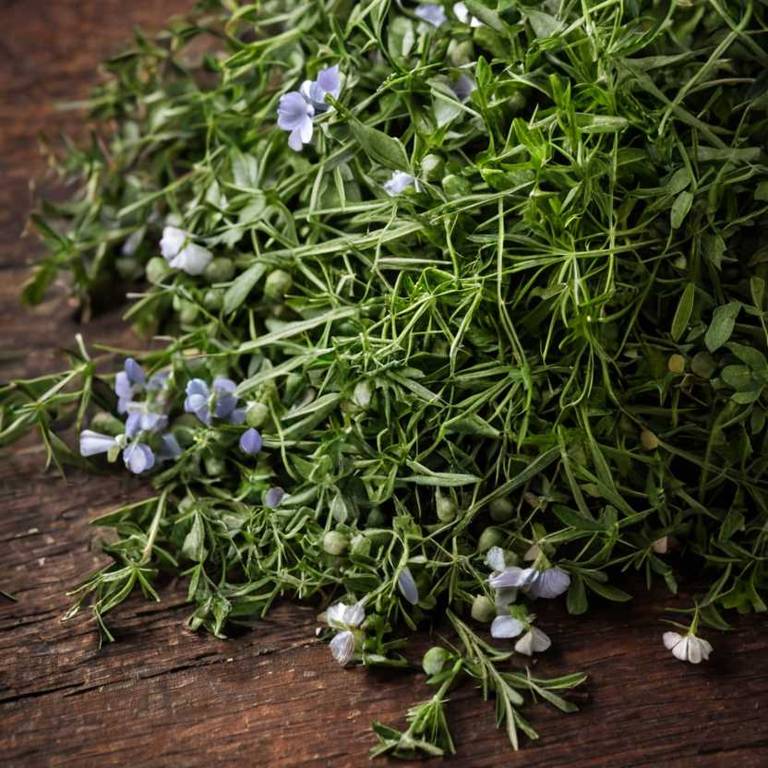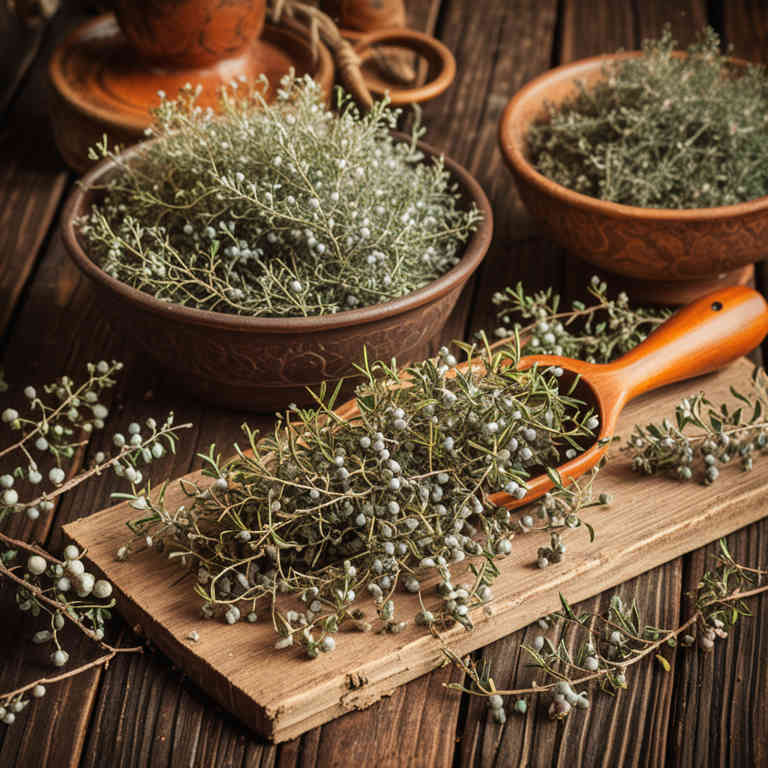10 Best Myrtus Communis Preparations

The best medicinal preparations of Myrtus communis are teas, decoctions, essential oils, oils, and tinctures, each offering unique therapeutic benefits.
Herbal teas made from dried leaves and flowers are commonly used to soothe respiratory issues and promote digestion.
Decoctions, involving boiling the bark or leaves, are valued for their strong medicinal properties.
Essential oils extracted from the plant are widely used in aromatherapy for their antiseptic and anti-inflammatory effects.
Tinctures, prepared by soaking the plant in alcohol, provide a concentrated form of the herb’s active compounds for internal or topical use.
Below there's a list of the 10 best herbal preparations of myrtus communis for medicinal purposes.
1. Teas
Myrtus communis teas is commonly used to relieve respiratory conditions, soothe digestive issues, and promote skin health.
The most common medicinal uses include treating coughs, bronchitis, gastritis, and skin infections due to its antimicrobial and anti-inflammatory properties. This herbal preparation is also used to alleviate symptoms of colds and sore throats. The bioactive constituents responsible for these effects include flavonoids, tannins, essential oils, and phenolic compounds, which contribute to its antioxidant, antimicrobial, and anti-inflammatory actions.
These components work synergistically to provide the plant's therapeutic benefits.

2. Decoctions
Myrtus communis decoctions is commonly used to treat respiratory and digestive ailments, as well as skin conditions.
These preparations are often employed for alleviating symptoms of coughs, bronchitis, and sore throats due to their expectorant and antiseptic properties. They are also used in traditional medicine to address indigestion, inflammation, and gastrointestinal discomfort. The bioactive constituents responsible for these effects include flavonoids, tannins, phenolic acids, and essential oils, which exhibit antimicrobial, anti-inflammatory, and antioxidant activities.
These compounds contribute to the plant's ability to support immune function and promote healing in various health conditions.

4. Oils
Myrtus communis oils is commonly used to treat respiratory, skin, and digestive ailments due to its potent antimicrobial and anti-inflammatory properties.
It is frequently applied for conditions such as coughs, bronchitis, eczema, and digestive discomfort. The oil is also used in aromatherapy to relieve stress and improve mood. The most common bioactive constituents include monoterpenes, sesquiterpenes, phenolic compounds, and flavonoids, which contribute to its therapeutic effects.
These compounds work synergistically to provide antiseptic, analgesic, and immune-supporting benefits.

5. Tinctures
Myrtus communis tinctures is commonly used to treat respiratory conditions, digestive issues, and skin disorders due to their anti-inflammatory, antimicrobial, and antiseptic properties.
These tinctures are often employed to alleviate symptoms of coughs, sore throats, and bronchitis, as well as to support digestion and relieve gastrointestinal discomfort. They are also applied topically to address wounds, eczema, and other skin irritations. The medicinal effects of Myrtus communis tinctures are attributed to bioactive constituents such as flavonoids, terpenes, and essential oils, which contribute to their therapeutic actions.
These compounds work synergistically to provide a range of health benefits, making the tinctures a valuable natural remedy in traditional and modern herbal medicine.

6. Mucillages
Myrtus communis mucillages is commonly used to treat respiratory and digestive disorders due to its soothing and anti-inflammatory properties.
It is often employed to alleviate symptoms of coughs, sore throats, and gastrointestinal discomfort such as indigestion and inflammation of the stomach lining. The mucillages are also used in traditional medicine for their mild laxative effects and to support skin health. The bioactive constituents responsible for these medicinal properties include polysaccharides, flavonoids, and phenolic compounds, which exhibit antioxidant, anti-inflammatory, and mucilage-forming actions.
These components help protect mucous membranes and promote healing in various parts of the body.

7. Lozenges
Myrtus communis lozenges is commonly used to relieve symptoms of respiratory tract infections, sore throat, and cough.
These lozenges are often employed to treat conditions such as pharyngitis, laryngitis, and bronchitis due to their soothing and antimicrobial properties. The bioactive constituents responsible for these effects include flavonoids, tannins, phenolic acids, and essential oils, which exhibit anti-inflammatory, antiseptic, and expectorant actions. Additionally, the presence of myrtol, a key compound in the essential oil, contributes to its ability to break down mucus and reduce irritation.
These lozenges are also believed to support immune function and provide a local anesthetic effect on the throat.

8. Liniments
Myrtus communis liniments is commonly used to treat skin conditions, joint pain, and respiratory infections.
These liniments are often applied topically to alleviate symptoms of arthritis, muscle aches, and inflammation. They are also used in traditional medicine to relieve coughs and sore throats due to their expectorant properties. The bioactive constituents responsible for these effects include essential oils such as myrcene, limonene, and cineole, which have anti-inflammatory, antimicrobial, and analgesic properties.
Additionally, flavonoids and tannins contribute to the plant's therapeutic benefits by supporting immune function and reducing oxidative stress.

9. Poultices
Myrtus communis poultices is commonly used to treat skin infections, inflammation, and wounds due to their antiseptic and anti-inflammatory properties.
These poultices are often applied topically to alleviate symptoms of boils, eczema, and minor burns. The most common medicinal uses include reducing swelling, promoting healing, and preventing infection in cuts and abrasions. The bioactive constituents responsible for these effects include flavonoids, tannins, and essential oils such as myrtenol and cineole, which exhibit antimicrobial and anti-inflammatory activities.
These compounds work synergistically to enhance the therapeutic benefits of the poultice.

10. Creams
Myrtus communis creams is commonly used to treat skin conditions and inflammatory disorders due to its soothing and antimicrobial properties.
These creams are often applied for ailments such as eczema, psoriasis, and minor cuts or burns. The most common medicinal uses include reducing inflammation, relieving itching, and promoting wound healing. The bioactive constituents responsible for these effects include flavonoids, tannins, and essential oils, which possess antioxidant, anti-inflammatory, and antimicrobial activities.
These compounds work synergistically to enhance the therapeutic benefits of the herbal preparation.
